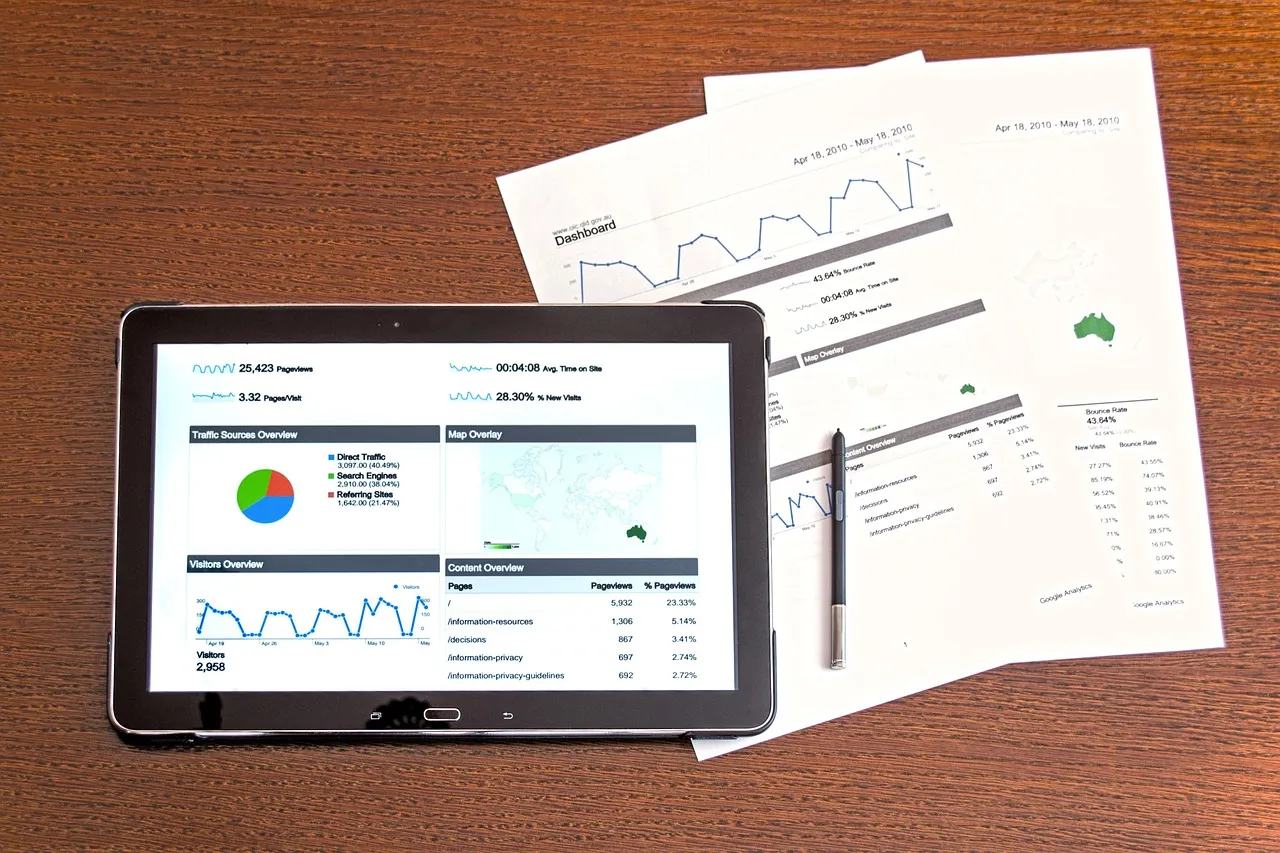7 Strategies to Improve B2B Lead Generation with IP Identification

In the B2B world, lead generation results can be hit or miss. Success often depends on the strategy you're using and the quality of data you're working with. Plus, when it comes to B2B-oriented websites, the average conversion rate dances around 2% to 5%.
Not exactly sky-high, right?
The good news is that there is room for improvement. In today's guide, we'll talk about how IP identification can help freshen up your B2B lead generation game. But first, let's see how and why IP identification plays a role in your lead generation strategy.
IP Identification and B2B Lead Generation
What percentage of daily visitors click on that Learn More button, download your resources, or agree to subscribe to your newsletter?
If you've been in the online marketing industry long enough, you know that around 50% of visitors don't engage with your website. This means that half of your visitors slip through the cracks, as they don't open communications.
Yet, just by visiting your website, they show interest. Now, if only you had a way to identify who they are and learn about their interests, you could turn them into leads. But, in most cases, all you're left with is an IP address and a map of how these anonymous visitors navigated your pages.
Luckily, with the help of clever software tools, identifying companies via IP address is not such a big deal. Such tools provide critical insights into which businesses are researching your products or services but haven't yet taken the proactive steps to interact.
Moreover, once you know who visits your website, you can cross-reference with the user behavior data provided by your website to learn about their interests. This is enough to tailor follow-up strategies that target prospects most likely to convert into qualified leads.
7 B2B Lead Generation Strategies that Utilize IP Identification
As you can see, identifying anonymous users who visit your website is not impossible. However, this is just the tip of the iceberg. Your success in turning a mere display of interest into a high-quality lead and paying customer depends entirely on what you do with the data.
To give you a hand, we listed a few strategies that showed potential in B2B lead generation and nurturing.
1. Content Personalization
Once you turn those pesky IP addresses of visitors on your website into companies, it's easier to understand the needs and preferences that led them to your page. This opens the door to content customization strategies based on various factors, such as industry, company size, or specific interests.
Imagine a visitor from a tech firm lands on your site and is greeted with articles and case studies relevant to their sector – chances are it will immediately pique their interest and boost engagement.
By leveraging data on who's visiting your website and from where, you're gaining access to precious insights that can sharpen your targeting and boost sales effectiveness.
2. Account-Based Marketing (ABM) Alignment
ABM is all about marketing specifically to your dream clients. In summary, with this type of marketing, you first need to know which businesses might dig your services or products. Once you have this knowledge, you craft messages and pages that speak directly to their needs.
With IP identification, once you spot a high-value prospect browsing your site, you can direct them toward specially designed landing pages or present them with tailored offers that speak directly to their business needs.
3. Improved Lead Scoring
Not every visitor is a lead worth pursuing immediately. By analyzing the quality and behavior of traffic from particular IPs (like repeated visits or engagement with key content), you can score leads more accurately. This ensures sales efforts are focused on warm leads who are more likely to convert.
4. Geotargeting for Personalization
Sometimes, businesses from certain regions have unique needs or pain points.
If you identify an IP address's geographic location that is of interest to your products or services, you can create personalized messages or solutions tailored to regional challenges.
5. Competitive Analysis
Knowing when competitors land on your site (yes, they do visit) might not seem that useful for lead generation. They won't suddenly start buying your services or products, right?
Still, it is a good idea to keep an eye on what they do on your website. If their visits become frequent or focus on specific content, this insight can inform your market strategy. This includes understanding what competitors are interested in or worried about, offering you an edge in staying ahead or differentiating effectively.
6. Trigger-based Lead Nurturing
Integrating IP identification with your email marketing tools can be a game-changer.
When key accounts visit specific pages, you could trigger automated but personalized emails related to the content they've shown interest in. It's like following up at the right moment without being (too) intrusive.
7. Predictive Lead Scoring
By combining AI with IP address insights, it's possible to predict future buying behavior based on historical data from similar profiles.
This predictive scoring helps prioritize leads that might not seem obvious at first glance but show potential based on deep data analysis.
Key Takeaway
When you learn who is behind the IP addresses that visit your site, your lead generation potential can skyrocket with the right strategy. So don't waste any more time and start looking for the right software tools that will help boost your leads!